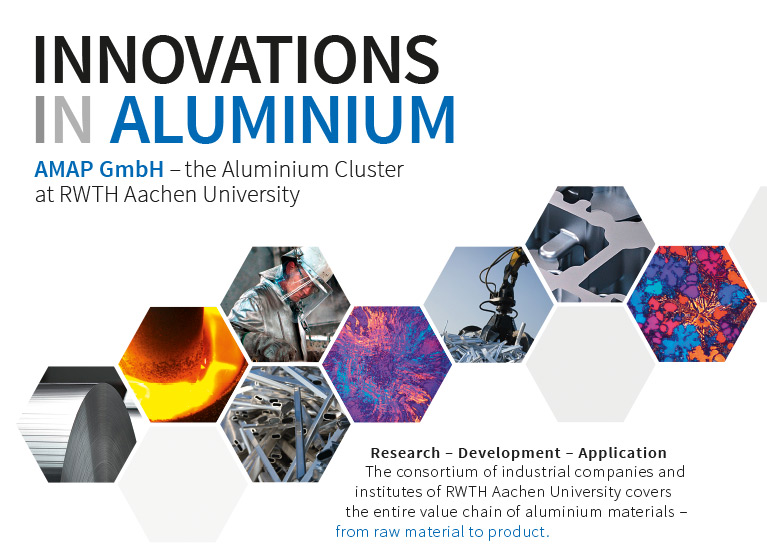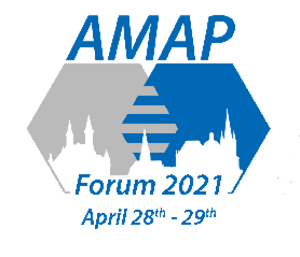II.4 - The collaborative Research Center SFB 920-Results of Al-filter development and their Implementation Potential
Christos G. Aneziris
TU Bergakademie Freiberg
Summary
Christos G. Aneziris from the Institute of Ceramics, Refractories and Composites at the Technical University Bergakademie Freiberg presented the results of the Collaborative Research Center SFB 920: Multifunctional Filters for Metal Melt Filtration
A contribution to Zero Defect Materials in the field of aluminum melt filtration.
The reactivity of the aluminum melt leads to the formation of exogenous and endogenous inclusions in the melting and casting process. These impair the mechanical and casting properties of cast parts and lead to additional work and rejects during processing. The dynamic strengths in particular are massively impaired. In most cases, these inclusions are metallurgically impossible or very difficult to remove from the melt. The inclusion content in the melting process can be reduced by means of degassing or stemming treatment. In addition, molten metal filters offer the possibility of sustainably cleaning the melt during casting, i.e. directly before mold filling.
Since the 1960s, so-called ceramic foam filters have been used for this purpose in aluminum foundries. They work according to the principle of depth filtration, i.e. impurities smaller than the pore diameter enter the filter cross-section and are deposited on the filter wall. Due to their structure, they also calm the flow in the gate system and thus prevent the formation of new inclusions and mold material erosion.
The filtration efficiency depends on a number of parameters. As some of these parameters, such as the influence of filter composition and wetting, have hardly been investigated to date, the Collaborative Research Center 920 has taken on this task. Tests with different surface chemistries of the filters showed different filtration behavior, with the aluminum oxide (Al2O3) and spinel (MgAl2O4) filters exhibiting high filtration efficiency with inclusions > 80 µm. The mullite (3Al2O3 2SiO2) filters tested achieved promising filtration efficiencies in the range of inclusions < 80 µm. The measured filtration efficiencies of inclusions < 80 µm correlated well with the determined wetting angles, whereby the larger the wetting angle, the higher the filtration efficiency. Further long-term filtration tests at Hydro in Bonn showed that the surface roughness of the filters has a significant influence on the filtration behavior. Casting tests of the filters with a surface of carbon-bonded aluminum oxide also showed promising results.


